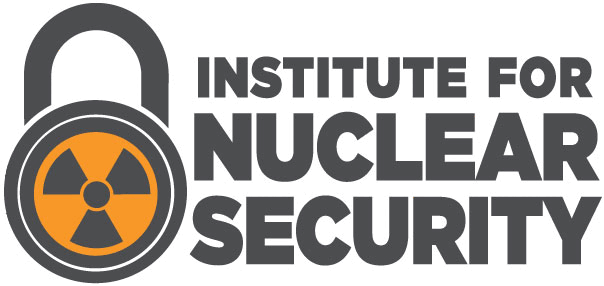Abstract
The concept of assessing safety culture in an organization emerged with its application at the nuclear power industry and has expanded since then. An assessment of nuclear security, on the contrary, is still under-developed, especially at non-nuclear facilities, such as academic institutions and medical facilities. To identify the level of the awareness and understanding of credible nuclear and radiological threats, response preparedness, security culture, and the integrity of nuclear security systems among non-radioactive material users at a university setting; a campus-wide survey was deployed. A total of 3,336 non-radioactive material users, including students, faculty, and staff participated in the survey. The survey was divided into three categories: general awareness (GA), school specific awareness (SSA), and behavior response (BR) awareness. Because the overall population of a university is rarely homogenous, six demographic characteristic groups of age, gender, work-status, degree, ethnicity, and nationality were added to the survey to identify the disparities in the attitudes that exist within the group of non-radioactive material users and the survey response. The results indicated significant association of the demographic groups of gender, age, work-status, degree, and ethnicity with the mean response scores across the three survey categories. An ordinal logistic regression was performed to identify and predict the impact of the demographic characteristics on the survey response. Findings from this study predicted the work status demographic group of undergraduates and graduates (younger age sub-groups) to possess higher level of general and behavioral response awareness than the remaining relatively higher work status sub-groups and the corresponding older age demographic sub-groups. The results from the school specific awareness category demonstrated contradictory outcome than the GA and BR survey categories. The results of this investigation are valuable as it provides a provisional understanding of the disparities in perception on the degree of nuclear and radiological security awareness across a group of diverse socio-demographic characteristics.
DOI
https://doi.org/10.7290/ijns07j919
Recommended Citation
Robinson, Marcia P.; German, Naomi; White, Destiny B.; Rane, Shraddha V.; and Harris, Jason Timothy
(2022)
"Nuclear Security Awareness Survey at a University,"
International Journal of Nuclear Security:
Vol. 7:
No.
2, Article 9.
https://doi.org/10.7290/ijns07j919
Available at:
https://trace.tennessee.edu/ijns/vol7/iss2/9
Creative Commons License

This work is licensed under a Creative Commons Attribution 4.0 International License.
Included in
Health and Medical Physics Commons, Nuclear Engineering Commons, Social Statistics Commons


